A few weeks ago we broke the news that Noctua had partnered with Rotosub to develop active noise canceling fans. It’s hard to picture (maybe that’s not the right word) how that works, and it may be a case of hearing is believing, so we went directly to the source: the Noctua booth at Computex 2012 to hear it (or not hear it) for ourselves.
For Science
The Rotosub demo unit was set up on the showfloor, but unfortunately Noctua’s booth was situated in a bad place; next to another vendor booth that had extremely loud music and female announcers with microphones shouting to the crowd, just 20 feet away. It was probably the loudest spot on the showfloor, which made the demonstration difficult.
However, the effect was obvious; when they switched the Rotosub unit on, the fan went much, much quieter. Really, only air noise could be heard.
There are some hard questions to ask, though. Frankly, how expensive is a setup like this going to be? Another big concern I had was that the setup requires a microphone on a boom that sticks out from the back of the fan. This is not only ugly, but also highly impractical for many PC case situations. On top of that, the unit itself was a relatively large external box, with wires; it was about the size of a typical large smartphone. Is this really something you want in your PC? Is having silent fans really worth it? There are many ways to silent a case, from new sound dampening materials to using no moving parts at all. Is this a case of over-engineering a problem that really isn’t all that bad to begin with?
It might be. We’ll find out more in Q3/Q4 2013. It may be wildly impractical, but there’s no question about one key fact: It’s just fucking awesome. Science!
Noctua’s Computex lineup
After leaving the realm of turbulence and pressure, noise curves, dipoles, and mechano-acoustics, we went back to look at Noctua’s lineup of fans and heatsinks.
They were showing quite a lineup of prototype products. They had on display:
- New D-type, U-type, C-type and L-type CPU cooler prototypes
- 37mm low-profile CPU coolers for Intel and AMD
- New mounting system for narrow ILM Xeon E5-2600
- New A-Series fans & third generation NF-S12 fan
- Dust and waterproof fans for industrial applications
- NF-F12 fan with Active Noise Cancellation (ANC)
The A series fans have new “flow acceleration channels”. From the press release:
These channels alter the flow distribution on the suction side of the blades and speed up the airflow at the crucial outer blade regions. As flow separation is more likely to occur when the speed of the fluid relative to the fan blade is low, the increase in speed achieved through the Flow Acceleration Channels leads to significantly reduced flow separation, which permits lower vortex noise and higher airflow efficiency.
They look like this:
The new cooler prototypes were all classic Noctua styling, with several form factors for a variety of applications. There was a new asymmetrical L-type cooler based on the NH-L12 that is for VGA clearance on mini-ITX layouts, a 120mm C-type cooler based on the NH-C12, a new 140mm C-type that is optimized for their upcoming A-series fans, with 30% greater surface area on the fan stack, a new 92mm slim U-type designed for RAM clearance, again also optimized for their new A-series fans, a new 120mm U-type slim design that is optimized for their current NF-F12 PWM fans, and a new 140mm slim U-type fan that is slim for LGA2011 compatibility (also optimized for their A-series fans).
As far as heatpipe layouts go, they showed a couple of new prototypes in that department as well. A new D-type based on the NH-D14 features two second layer heatpipes for improved heat removal from the base and better heat distribution throughout the cooling fins as well as a “crossed layer design” and soldered copper interface.
Finally they showed off the third generation of their famous NF-S12 fans. From their press release:
- Third generation S12 impeller with Anti-Stall Knobs
- AAO (Advanced Acoustic Optimisation) Frame with Stepped Inlet Design, Inner Surface Microstructures and Integrated Anti-Vibration Pads
- Up to 8% improvement in airflow/noise ratio over NF-S12B
- Improved stall margin for better versatility
- SSO2 Bearing with Metal Bearing Shell
- Smooth Commutation Drive 2
- Custom-designed NE-FD1 PWM IC
There was a lot of discussion about aerodynamics. At one point I really wished for one of the more aerospace-minded engineering-type Icrontians (ahem.. Drasnor) to help translate and talk shop with Noctua’s Jakob Dellinger. I tried my best to hold on to the thread as he explained the stall phenomenon. Perhaps the press release can say it better than I can:
Noctua’s S12 series impellers use a high angle of attack in order to achieve superior airflow. However, impellers with high angles of attack are typically more prone to undesired stall and flow separation phenomena that can occur when the fan is working against higher impedance such as when blowing through tight fan filters or when used on heatsinks and radiators. In these situations when the fan is building up high pressure but less air is moving through, the speed of the air particles flowing alongside the suction side of the fan blades gradually decreases towards the trailing edge. The lower the speed and the higher the counter-pressure, the higher the risk of the air particles becoming detached from the blade surface. This flow separation phenomenon known as stall leads to undesired turbulence, reduced efficiency and translates into a dent in the fan’s performance curve.
There you go.
Noctua is, above all else, a company that flexes their extreme engineering prowess, and when you see them stacked up against their peers at trade shows like this, it really stands out. Of the fan manufacturers I visited with at Computex, only Corsair offered me the sense that they could compete with Noctua on a pure engineering level.
There is one giant red (well, perhaps brown) herring in the room, however, and all the science in the world can’t help many people get over one thing: the color.
A big discussion on Reddit about the fans led to one consistent opinion: I’d buy Noctua if they weren’t brown. I asked Jakob about it and he closed his eyes and took a deep breath— a look came over him that was the look of a man who has heard this question hundreds of times and must always answer the same answer. “Yes,” he started. “Yes, I know.”
He explained that the brown was, from Noctua’s standpoint, purely a branding statement. They want you to make no mistake: you are using Noctua fans. “If we made a black fan, for example, and people were to see that, it wouldn’t matter how well designed the fans were… nobody would realize that they were looking at a Noctua fan.”
It’s a fair point, but the pressure must be increasingly on them to create other colors; particularly since color options were one of the big themes on the Computex showfloor this year. Noctua happened to be right across the aisle from Bitfenix, who was showing off some absolutely amazing cases in a huge variety of color options. I can’t imagine putting a brown fan in a bright blue-themed system.
If absolute performance is all that matters and aesthetics are meaningless, then Noctua has some insanely compelling products to offer. Get over it, put a brown fan in your system, and enjoy some of the most highly engineered fans available today.


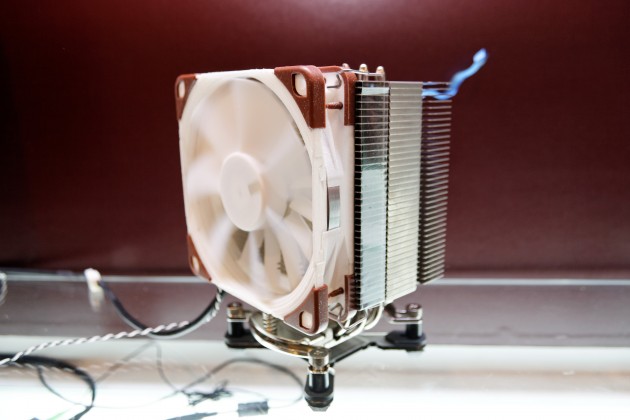
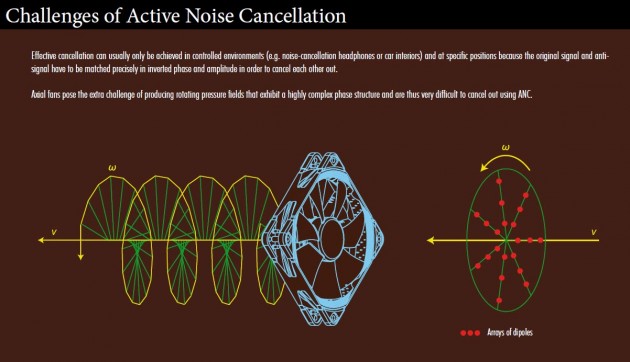

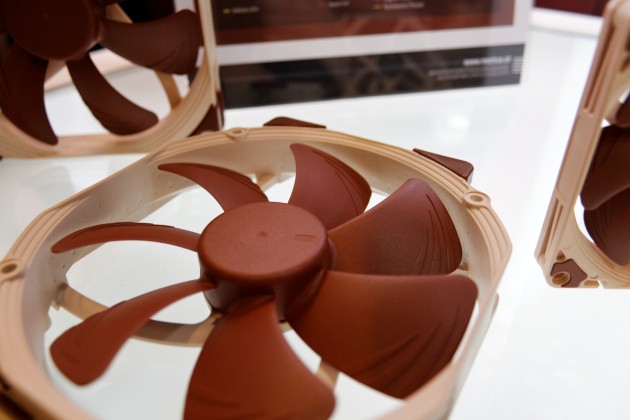
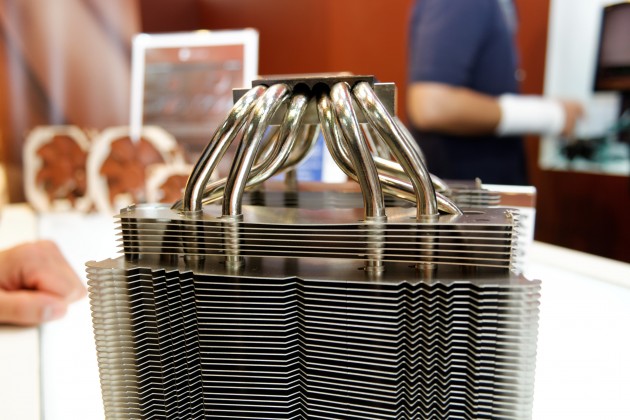
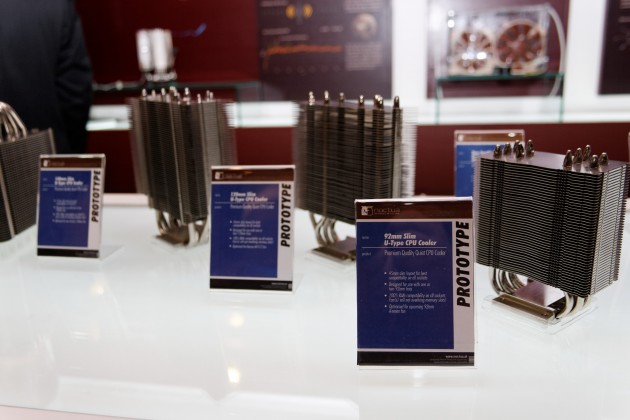
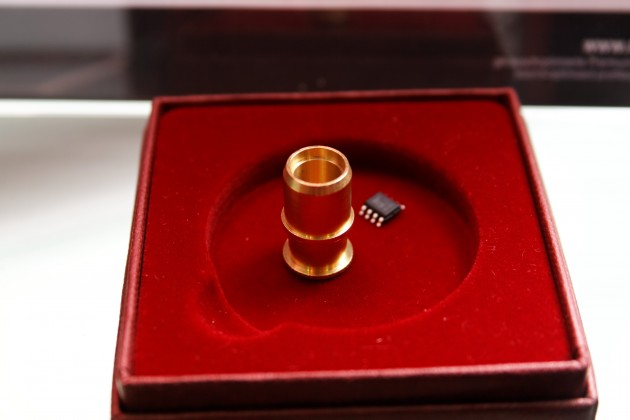
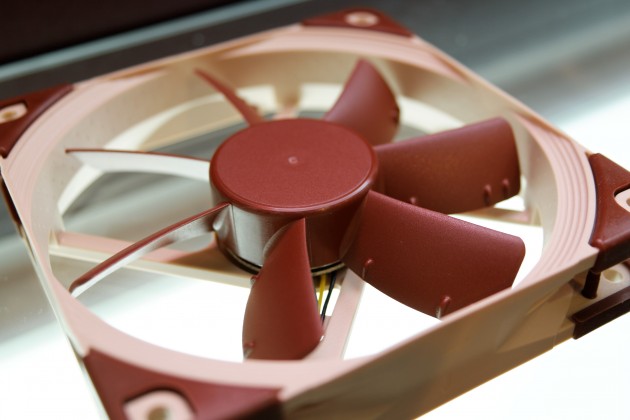
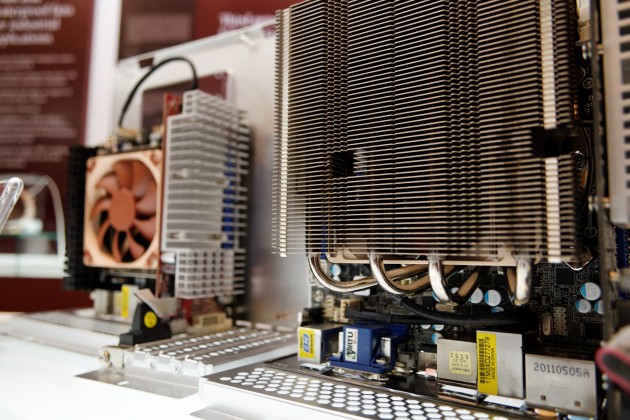









 Articles RSS
Articles RSS